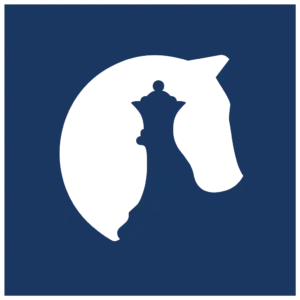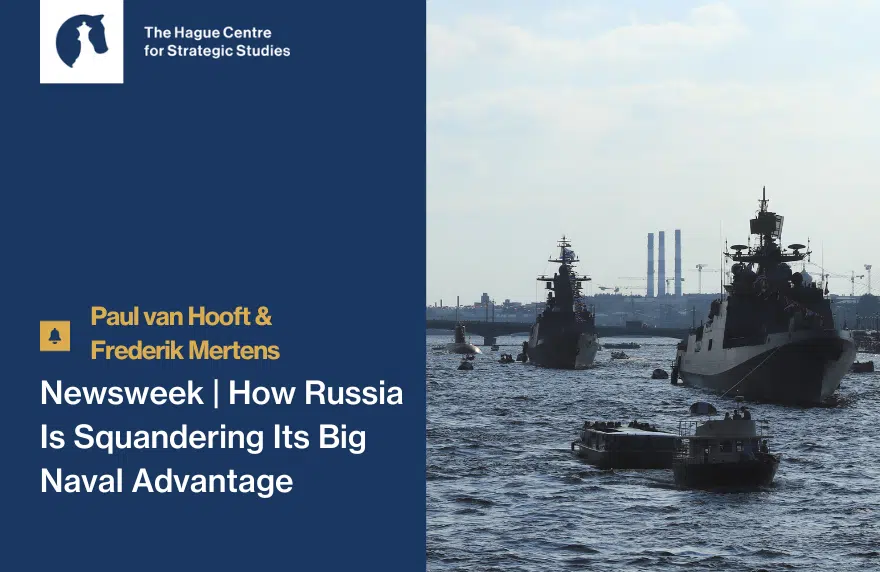These are still the earliest stages of the Ukrainian counteroffensive, HCSS experts Frederik Mertens and Paul van Hooft analyze in Newsweek. This kind of early phase is characterized by testing for the weaknesses in Russia’s defenses.
Ukraine will need to decide where to put its main assault forces before its long-anticipated counteroffensive hits its “decisive phase,” according to new analysis.
“Ukraine seems to be pushing everywhere, forcing the Russians to commit somewhere.”
Frederik Mertens
Ukrainian forces need to continue to “set the conditions for a breakthrough” against Moscow’s troops, according to Jack Watling, a senior land warfare research fellow at the London-based Royal United Services Institute think tank.
“At some point, the Ukrainians will have to decide where to commit their main assault units, and the offensive will enter its decisive phase,” he argued in a piece published by the defense think tank on Wednesday.
Ukraine has spent months preparing to launch a decided push back at Russian forces in contested areas of the country. Originally touted as a spring counteroffensive, Western analysts, Russian officials and Ukrainian personnel have now said Kyiv’s operations are underway.
Seven settlements in the contested territories in southern and eastern Ukraine have been recaptured by Kyiv, Ukrainian military spokesperson Andriy Kovalev told Ukrainian media on Tuesday. The Washington-based Institute for the Study of War (ISW) think tank added that Ukraine had made “further limited territorial gains” on June 13, after several days of advancing in at least three directions.
Russia has said the counteroffensive—which it said began on June 4, ahead of Kyiv’s confirmation—has failed to achieve its objectives, and racked up heavy casualty counts for Ukraine. Kyiv has said Russia is in “panic mode” and is losing a huge number of personnel and equipment.
But these are still the earliest stages of the counteroffensive, experts have told Newsweek. Currently, both sides are probing and moving their forces, according to Frederik Mertens, a strategic analyst at the Hague Centre for Strategic Studies (HCSS).
“Ukraine seems to be pushing everywhere, forcing the Russians to commit somewhere,” he told Newsweek, as Kyiv likely hopes to keep hold of the flexibility to launch attacks in different positions.
“This kind of early phase is characterized by testing for the weaknesses in Russia’s defenses, and when these points are found, Ukraine will likely try to capitalize on this as quickly as possible.”
Paul van Hooft
If Ukraine pushes in one area of the front, it can quickly concentrate its forces in a different location which “might be the point that breaks,” Paul van Hooft, another HCSS analyst, added to Newsweek. This kind of early phase is characterized by testing for the weaknesses in Russia’s defenses, and when these points are found, Ukraine will likely try to capitalize on this as quickly as possible, van Hooft argued.
In the coming weeks, the impact of new weapons and the training Ukraine’s military has had will be become clearer, he added, with a lot remaining to be seen.
“Ukrainian troops have broken through initial fighting positions along a broad part of the front, but remain some distance from Russia’s main defence line,” Watling wrote on Wednesday. “It isn’t about adhering to some fixed timeline,” he added.
The head of the Wagner Group of mercenaries, which are fighting on Moscow’s behalf in Ukraine, said it was too early to work out whether Ukraine was succeeding in its counteroffensive.
But Kyiv’s efforts are “far, far from exhausted,” Yevgeny Prigozhin said in a statement posted to social media on Tuesday, adding the Kremlin needed to wait up to eight weeks to work out just how well Ukraine were doing.
Newsweek has reached out to the Ukrainian Defense Ministry for comment via email.








